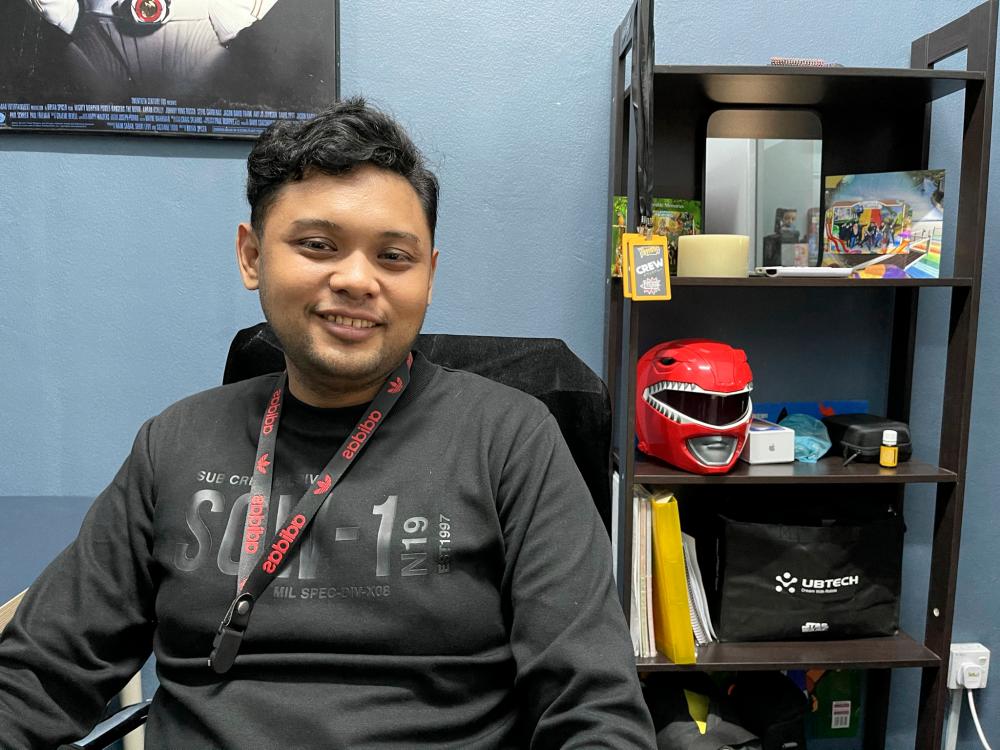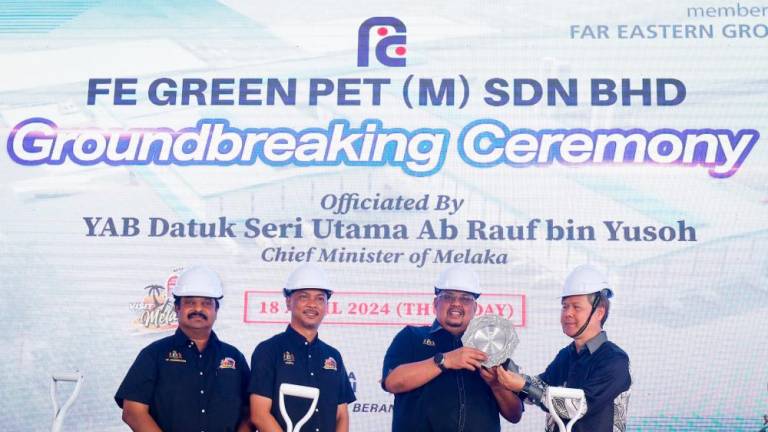ISQANDAR Afif spent many childhood years watching Japanese action fantasy series with live actors on TV, a genre known as Tokusatsu.
“Gavan, Kamen Rider, Ultraman, Power Rangers, they were the superheroes of our day,” he said.
While other children played with toys of their favourite characters, Isqandar would dream about owning a superhero suit.
How awesome it would be to be one of the crusaders fighting evil like those on TV shows!
Isqandar became a mechanical engineer after graduation and he learned how to create objects on the computer, and make them look real through 3D printing. It was good work but he found little satisfaction in it.
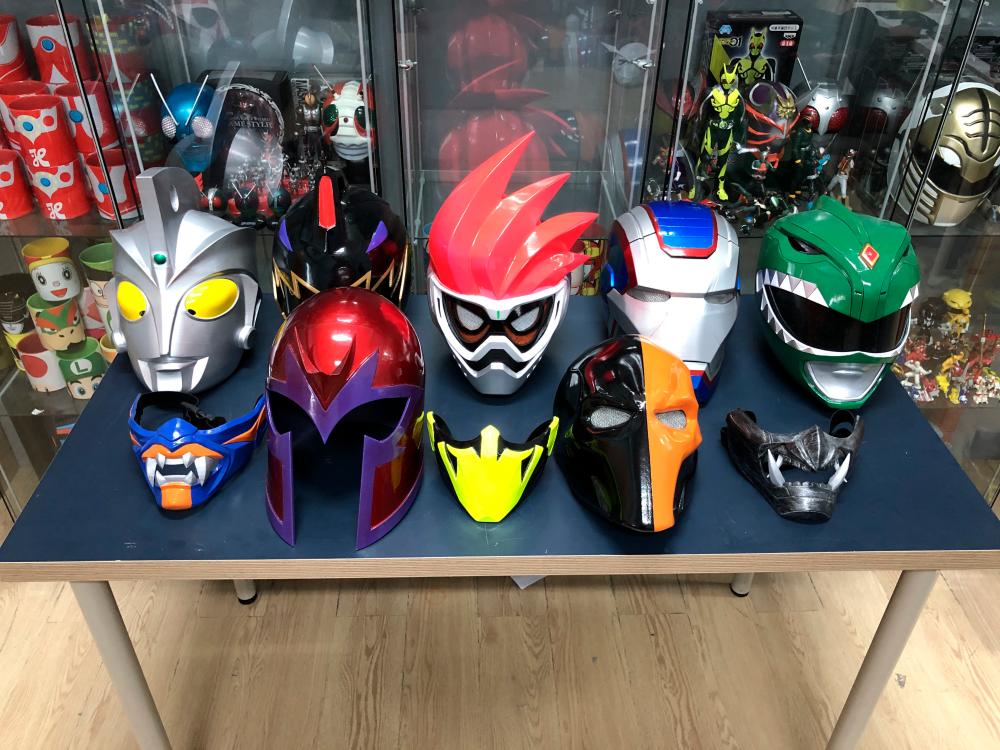
Isqandar began importing and selling collectibles and toys on the side for a few years. He traded in toys that his family could not afford to buy for him when he was a kid.
He also went into the business of printing bunting and banners.
When 3D printing technologies became feasible, he saw his chance to pursue his passion further.
Isqandar started by buying his own printers and materials.
“At first, I worked alone. I would print parts to build helmets and masks for costumes of Tokusatsu characters. It was a learning process. And honestly, I am still learning. The difference is that now I have a team,” said Isqandar.
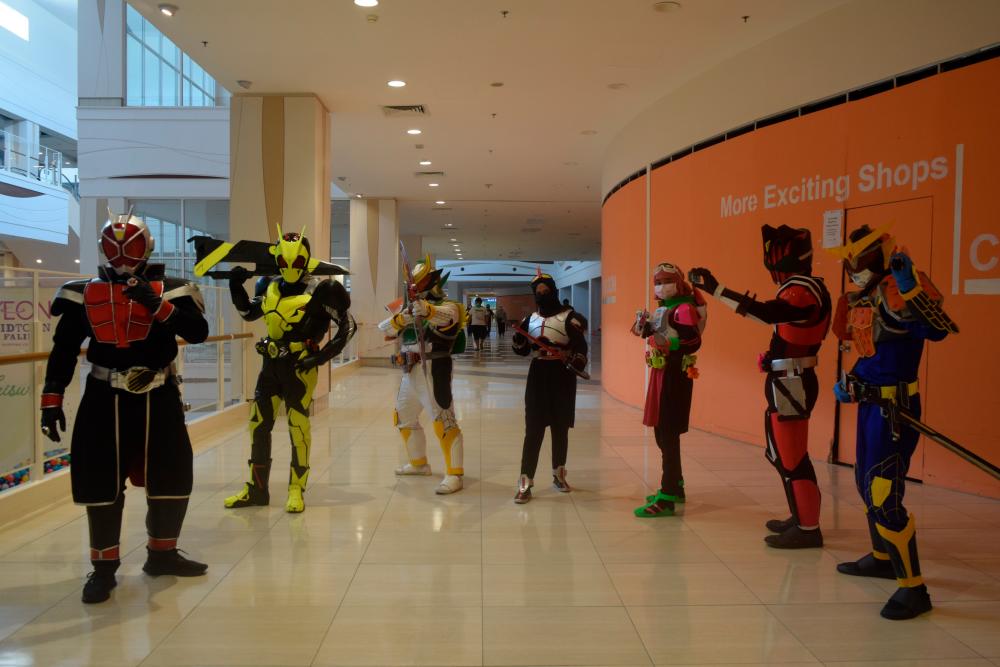
He started Toyriffic about four months ago to make cosplay, especially Tokusatsu cosplay, accessible to everyone in Malaysia.
His coworkers consists of local talents who live around the area and have skills that can contribute to the team.
Based in Perak, Isqandar and his team design, print and finish made-to-order cosplay pieces and full suits.
Despite a lack of cosplay events due to the Covid-19 pandemic, the business is doing well. So much so that they had to limit the number of orders.
Isqandar makes sure that the cosplay pieces and full suits that he and his team produce are affordable and suit the customer’s needs.
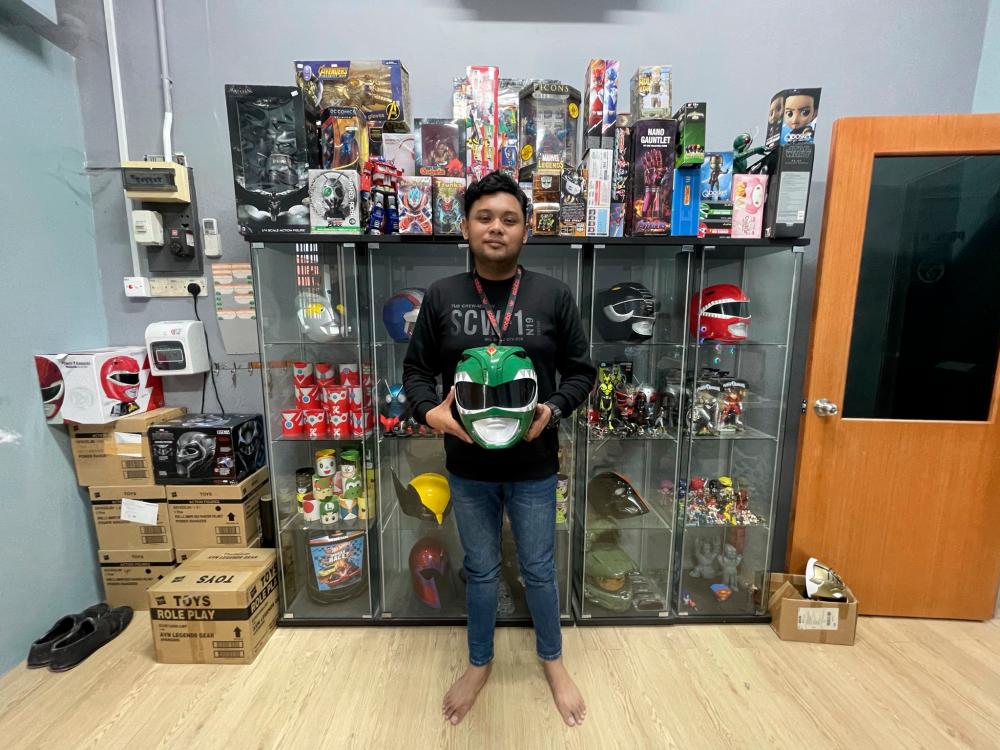
“If a cosplay piece is to be worn for hours at a convention, it has to be breathable, comfortable and lightweight, if possible,” he added.
“Most of my team members are cosplayers themselves, so they understand what cosplayers look for. Of course, we would still cater to our customers’ requests if they want something different from what we recommend.”
The most labour-intensive and time-consuming part of making a cosplay piece or suit through 3D printing is its finishing.
To those at Toyriffic, nothing beats a hand-finished piece. Some take days. The process involves soldering the pieces together, sanding them, filling in the gaps, and sanding them to a smooth finish before painting.
They have tried other methods, but nothing works as well.
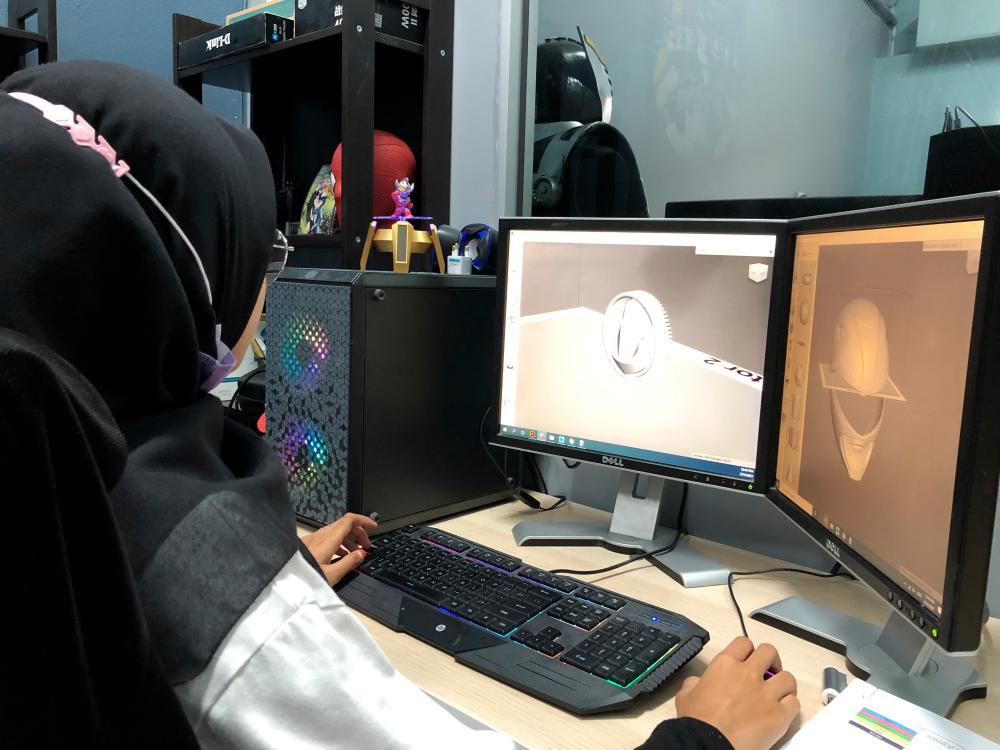
“We have had customers who wanted a smooth mirror finish, and that takes time and would cost more. Some customers request raw, unfinished pieces. These are cheaper but they will have to finish and paint the pieces themselves,” said Isqandar.
He does not aim to compete with established players in the cosplay industry, many of whom are based in neighbouring countries.
What he wants to do with Toyriffic is to give more people a chance to live their cosplaying dreams without breaking the bank.
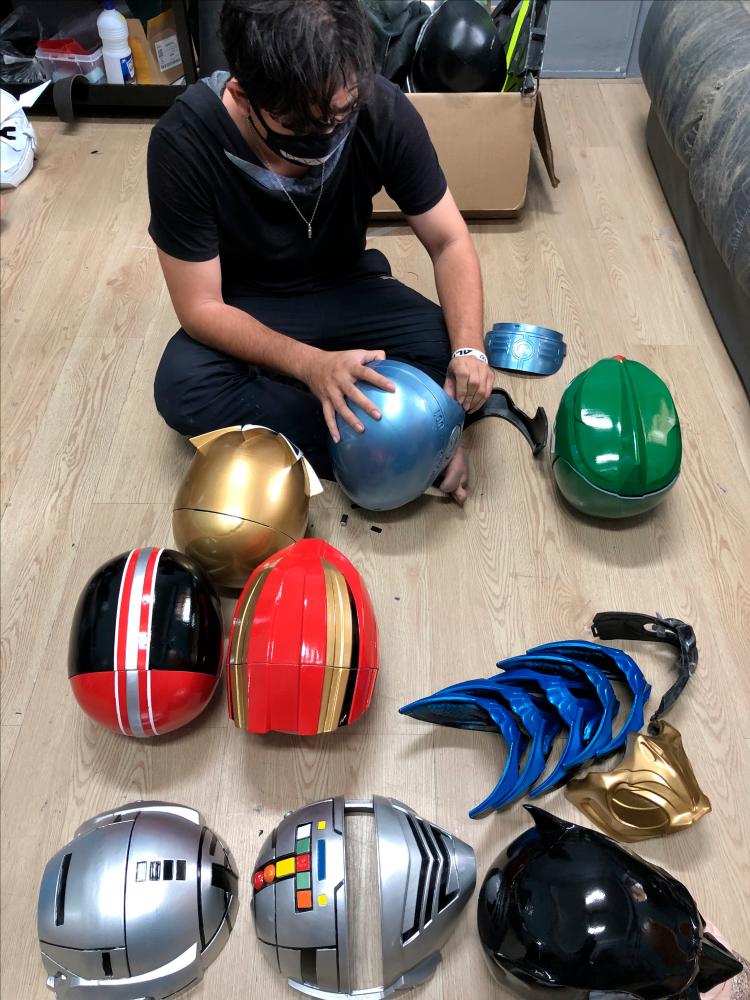
Isqandar hopes to return to the toy business and also expand his cosplay venture to include original and officially licensed characters.
“We want to make our own Tokusatsu characters and expand it to comics, and even live-action shorts,” said Isqandar.
But that is perhaps, only possible once the pandemic is over.



